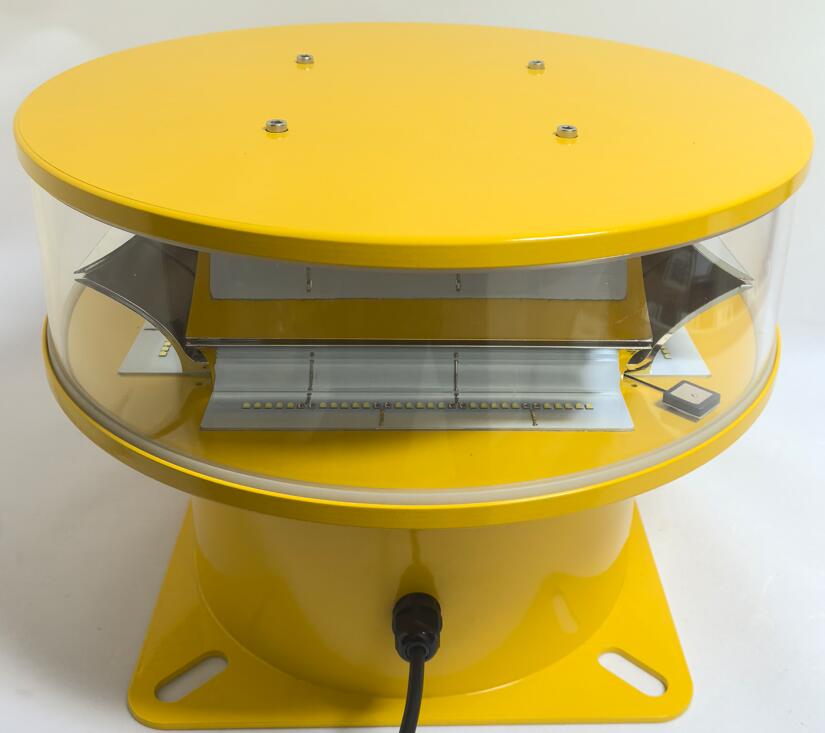Aeronautical Obstruction Light: Safeguarding Skies Through Visible Warnings
As global air traffic continues to grow exponentially, the need for effective aerial hazard identification has never been greater. Aeronautical obstruction lights serve as silent guardians, marking tall structures that could endanger passing aircraft. These specialized lighting systems form a critical component of aviation safety infrastructure, preventing collisions and ensuring smooth navigation through increasingly crowded airspace.
The Vital Role of Aeronautical Obstruction Lights
Heightened Visibility for Aviation Safety
Modern aeronautical obstruction lights provide:
24/7 structural visibility in all weather conditions

Clear warning signals for both manned and unmanned aircraft
Compliance with international aviation safety standards
Regulatory Framework
Global aviation authorities mandate specific requirements:
ICAO Annex 14: Specifies light intensity and placement
| aeronautical obstruction light |
FAA AC 70/7460-1K: Details US obstruction marking standards
EASA CS-ADR-DSN: European Aviation Safety Agency guidelines
Technical Specifications and Variations
Light Classification Systems
Aeronautical obstruction lights are categorized by intensity:
Low-Intensity (L-810)
For structures below 150 feet
Steady-burning red lamps
Medium-Intensity (M-810)
For structures 150-500 feet
| aeronautical obstruction lights |
Dual flashing/steady red or white options
High-Intensity (H-810)
For structures exceeding 500 feet
White flashing strobes with specific flash patterns
Advanced Lighting Technologies
Modern systems incorporate:
LED arrays for energy efficiency and longevity
Automatic brightness adjustment based on ambient light
Remote monitoring capabilities for maintenance alerts
Strategic Applications in Aviation Safety
Urban Infrastructure Protection
Critical installations include:
Skyscrapers and high-rise buildings
Telecommunication towers
Bridge support structures
Renewable Energy Infrastructure
Essential for:
Wind turbine farms
Solar power tower installations
Hydroelectric dam structures
Specialized Aviation Facilities
Vital protection for:
Airport control towers
Radar installations
Navigation aid structures
Emerging Trends and Innovations
Smart Lighting Systems
Future developments focus on:
Integrated aircraft detection systems
Automated intensity adjustment based on traffic density
Predictive maintenance through IoT connectivity
Sustainable Solutions
Industry advancements include:
Solar-powered autonomous units
Energy-efficient LED configurations
Recyclable material construction
Enhanced Visibility Systems
Cutting-edge improvements:
Laser-assisted perimeter marking
Multi-spectral visibility enhancements
3D spatial awareness lighting configurations
Implementation Challenges and Solutions
Environmental Considerations
Addressing concerns through:
Wildlife-friendly lighting spectrums
Light pollution reduction technologies
Weather-resistant designs
Maintenance Optimization
Improved via:
Self-diagnosing systems
Modular component designs
Remote performance monitoring
Global Standardization Efforts
Ongoing work to:
Harmonize international regulations
Develop universal testing protocols
Establish best practice guidelines
Aeronautical obstruction lights represent a crucial intersection of technology and aviation safety, continuously evolving to meet the demands of modern air traffic. As urban landscapes grow more vertical and airspace becomes increasingly congested, these lighting systems will play an even more vital role in collision prevention. The future of aeronautical obstruction lights lies in smarter, more sustainable solutions that maintain safety while adapting to environmental and technological changes. Their persistent glow will continue to serve as beacons of safety in our increasingly complex aerial environment, protecting both human lives and valuable aviation assets around the clock.
